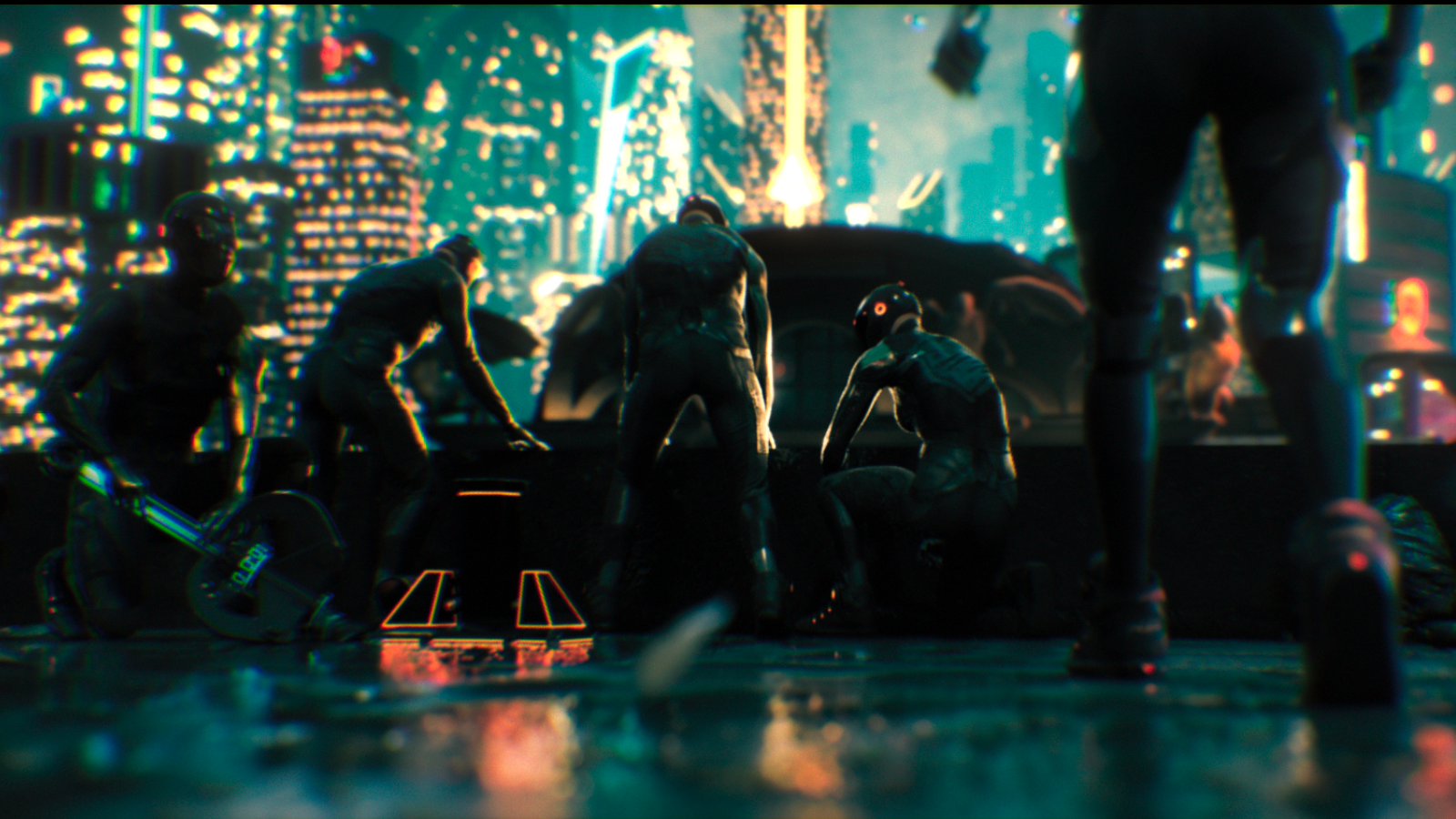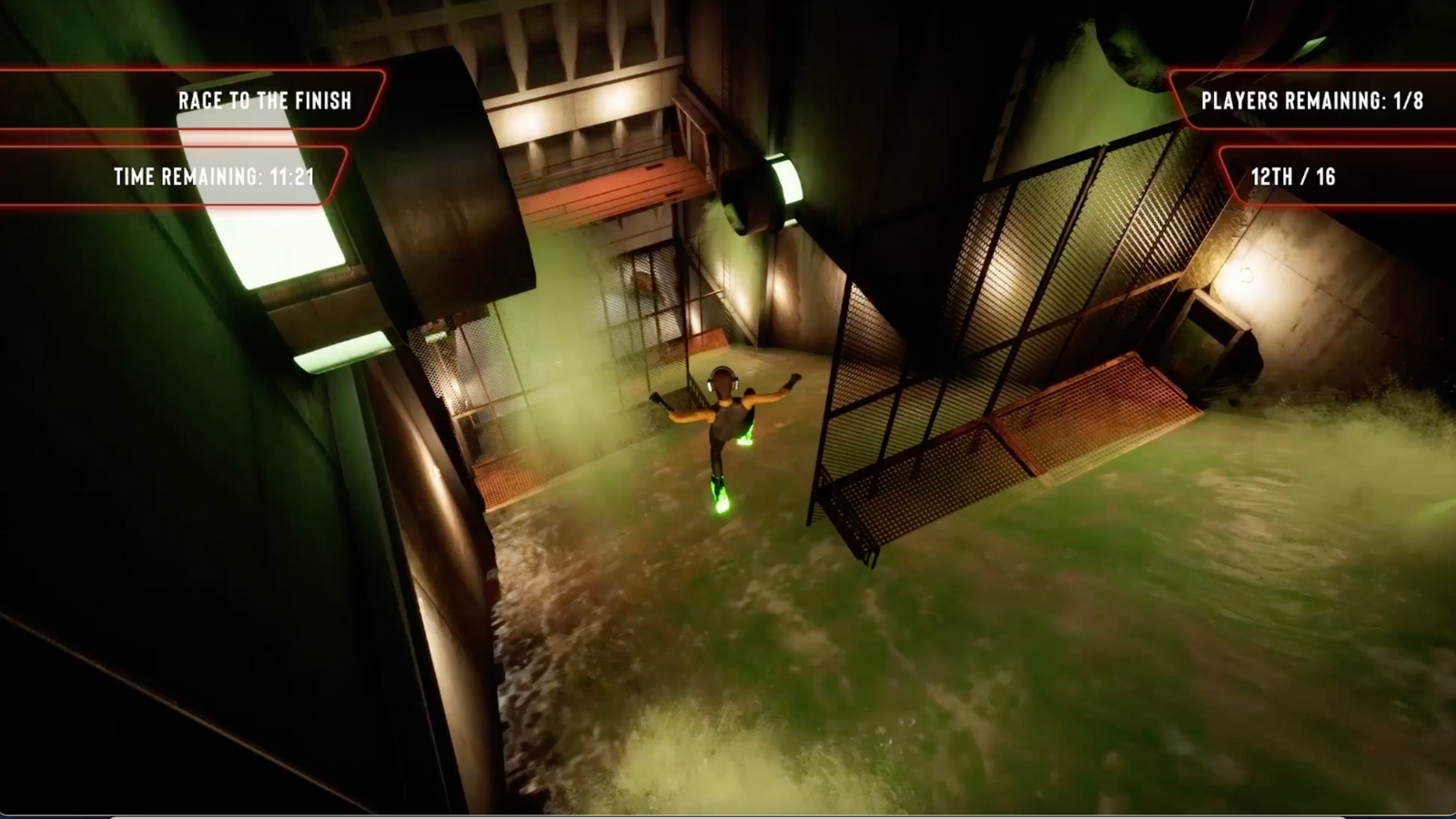Game Design Deep Dive

On our last Twitter Spaces event we had the pleasure of talking to Human Park Game Designers: Brian York and Spacedog.
We broke down the ins and outs of game design, storytelling, and how the ever-evolving Web3 landscape is shaping the future of gameplay and narrative.
Brian and Spacedog both have extensive backgrounds in the gaming industry and we are incredibly lucky to have their talents and expertise guiding the development of Human Park.
Our discussion provides an insightful look into how the team is building game design to shape the future of the Park.
Storytelling In Gaming
When it comes to narrative, video games are more layered than traditional storytelling mediums. Storylines in film and literature typically take a viewer through a fully-developed plot, leaving no room for personalization. Video games, on the other hand, often require more subtle additions to support the flow of the storyline whilst leaving room for players to make the experience their own.
“We must leave space for the mind to bridge the gaps.” -Brian York
In a game centered around self-expression, the storytellers must be very careful to set up a space that encourages discovery and uncertainty. It’s what keeps an audience on the edge of their seats.
One way to accomplish this is by taking a full-fledged story, breaking it into tiny pieces, then scattering those pieces throughout the game, creating “discovery moments” - as Spacedog calls them.
At Human Park, we take every aspect of storytelling seriously. It is not uncommon that a teamwide meeting is called into action with the sole purpose of finding the perfect name for even a small detail in the game.
“Every element that you give a name in your world is telling the player something about the story; of how it got there and how they should relate to it.” -Spacedog
There are secrets and stories laced into every decision we make, so keep a watchful eye on the details - you might just get a peek into the future.

The Game Design Process
Our community is at the center of everything we create, but other factors must be taken into account. Daily game design meetings tend to start with the team spitballing ideas to each other and building creative momentum. At some point, however, reality and logistics must be considered. This is where we have to ask ourselves if the ideas are possible, if we have the bandwidth to complete them, and if they align with our goals. Almost every aspect of Human Park that has seen the light of day started as a “wait, what if we…” moment.
One of the biggest things separating game design from traditional storytelling is that it must engage the user differently.
“Game designers must carefully set the player up for failure, while still leaving room for fun” -Spacedog
This is done by implementing friction points in just the right places and at specific frequencies. Game designers must constantly ask themselves - What can a player do here? Is it fun? Is there enough friction? And what happens when they do it?
The game designers at Human Park have several exciting things coming down the pipeline, so stay tuned Nood fam!
Learn even more and enjoy the Game Design Roundtable for the full conversation.
